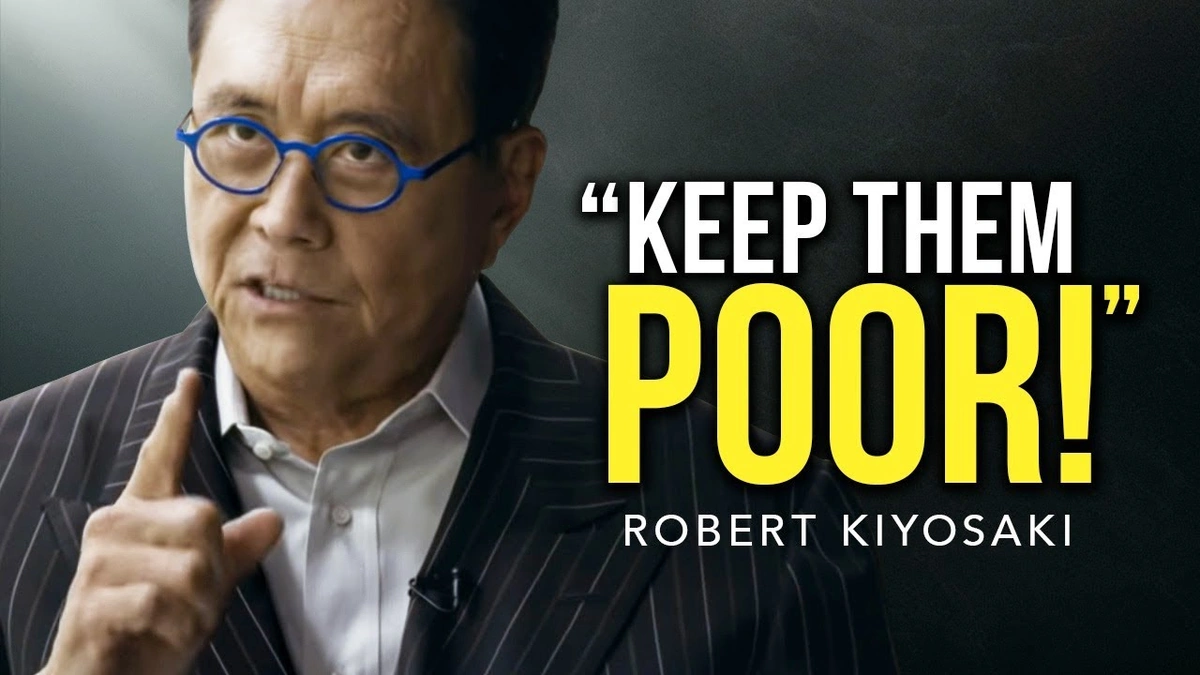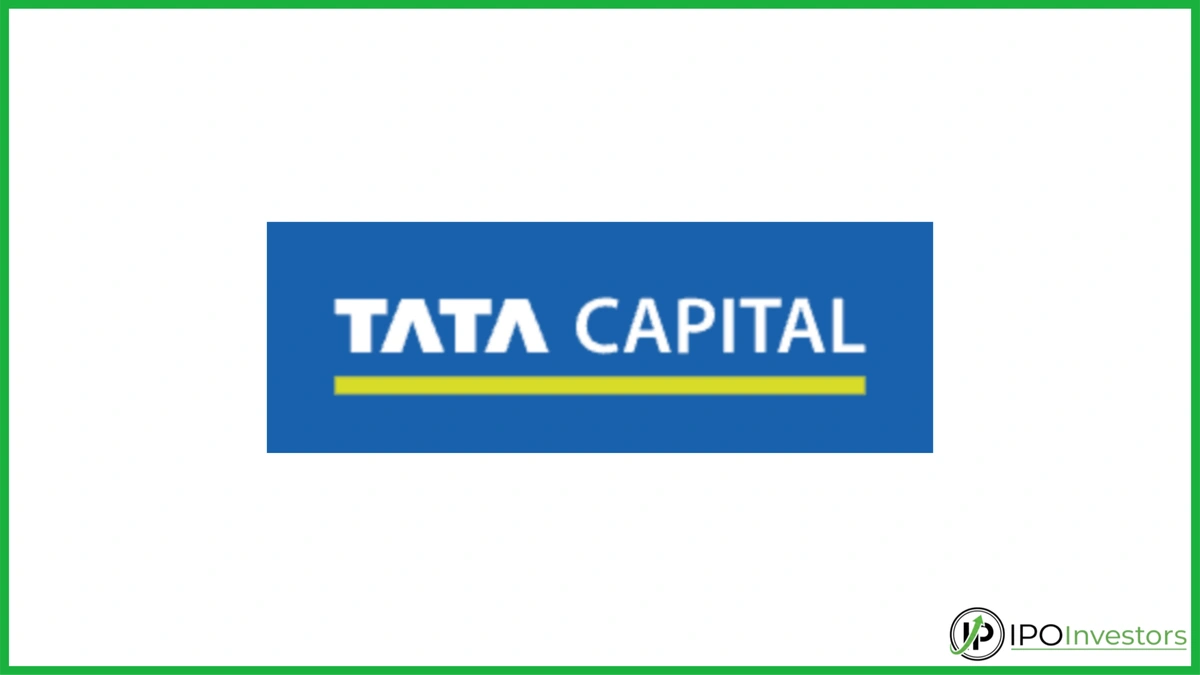Robert Kiyosaki’s Enduring Wisdom | More Than Just Rich Dad, Poor Dad
Robert Kiyosaki. The name conjures images of financial freedom, real estate empires, and, of course, that iconic book: Rich Dad, Poor Dad . But here’s the thing: Kiyosaki’s influence goes far beyond just one bestseller. What fascinates me is the way he’s challenged conventional thinking about money, especially for those of us in India navigating a rapidly changing economic landscape.
Sure, you can read a summary of his books. But the real value lies in understanding the why behind his teachings – and how to apply them to your life, right here, right now. That’s what we’re going to unpack.
The Cashflow Quadrant | A Different Way to See Income

Kiyosaki introduced the Cashflow Quadrant , a simple but powerful framework. It divides people into four categories based on how they generate income: Employees (E), Self-employed (S), Business Owners (B), and Investors (I). He argues that true financial freedom comes from being on the right side of the quadrant – the B and I sides.
Now, I know what you might be thinking: “Easier said than done!” And you’re right. But understanding this framework is the first step. It forces you to question your current income strategy. Are you trading time for money (E or S)? Or are you building assets that generate passive income (B or I)? It’s a crucial distinction, particularly in a country where the traditional emphasis is on secure employment. But, let’s think about building assets.
Why “Assets” Are Not Always What You Think
This is where Kiyosaki’s teachings get really interesting. He defines an asset as something that puts money in your pocket, and a liability as something that takes money out. Your house? Might be a liability. Your car? Definitely a liability. This challenges the traditional Indian mindset where owning property is seen as the ultimate goal.
Let me rephrase that for clarity. Kiyosaki isn’t saying owning a home is bad. He’s saying you need to understand the difference between an asset and a liability. A rental property that generates positive cash flow? That’s an asset. A fancy car that depreciates in value and requires expensive maintenance? That’s a liability. It’s about shifting your perspective and making informed financial decisions.
According to Kiyosaki, understanding the difference between assets and liabilities is crucial for building wealth. He emphasizes investing in assets that generate passive income. This can include real estate, stocks, and businesses. The goal is to create a stream of income that flows into your pocket, regardless of whether you are actively working.
Financial Literacy | The Missing Piece of the Puzzle
Kiyosaki frequently stresses the importance of financial literacy . He argues that schools don’t teach us about money – how it works, how to manage it, and how to grow it. This lack of financial education leaves many people vulnerable to making poor financial decisions.
Here’s the thing: financial literacy isn’t about becoming a Wall Street whiz. It’s about understanding basic concepts like budgeting, investing, and debt management. It’s about being able to read a financial statement and make informed decisions about your money. And, honestly, it’s something we should all be learning, regardless of our background or education level. What fascinates me is just how big the impact could be!
Beyond the Books | Robert Kiyosaki’s Lasting Impact
Robert Kiyosaki’s impact extends far beyond his books. He’s sparked a global conversation about money, wealth, and financial freedom. He’s inspired millions to question conventional wisdom and take control of their financial lives. Now, that’s a really useful achievement.
Of course, not everyone agrees with everything Kiyosaki says. Some critics argue that his advice is overly simplistic or even misleading. But even his detractors acknowledge that he’s played a significant role in raising awareness about financial literacy. His work has prompted people to start learning more about investing, entrepreneurship, and wealth creation . And that’s a good thing.
Applying Kiyosaki’s Principles in the Indian Context
So, how do you apply Kiyosaki’s principles in the Indian context? It starts with understanding the local economic realities. India has its own unique set of challenges and opportunities. For example, real estate investing in India can be very different from real estate investing in the United States.
It also means being aware of the cultural norms and values that influence financial decision-making. In India, there’s a strong emphasis on saving and investing in gold. While these are valid strategies, it’s important to diversify your investments and explore other options that can generate higher returns. Understanding these nuances is key to building financial freedom in India.
Ultimately, Robert Kiyosaki’s message is about taking control of your financial life. It’s about educating yourself, challenging conventional wisdom, and making informed decisions that align with your goals. It’s about creating a future where you have the freedom to pursue your passions and live life on your own terms. And isn’t that what we all want? Speaking of freedom, you may also want to see what’s trending on the IPO markets.
FAQ About Robert Kiyosaki and His Teachings
What is Robert Kiyosaki’s main message?
Kiyosaki’s main message is about achieving financial freedom through financial literacy, investing in assets, and building businesses.
Is Rich Dad Poor Dad still relevant today?
Yes, Rich Dad Poor Dad remains relevant as its core principles about financial literacy and challenging conventional thinking about money are timeless.
What are some common criticisms of Kiyosaki’s advice?
Some criticisms include claims that his advice is overly simplistic, promotes risky investments, and is not always applicable to all financial situations.
How can I start applying Kiyosaki’s principles to my life?
Start by educating yourself about financial literacy, identifying your assets and liabilities, and exploring investment opportunities that align with your financial goals.
What is the Cashflow Quadrant and why is it important?
The Cashflow Quadrant categorizes people into Employees, Self-employed, Business Owners, and Investors, highlighting the different ways people generate income and build wealth. Understanding this can help you choose the right path.
Does Kiyosaki’s advice work in India?
Yes, Kiyosaki’s principles can be applied in India, but it’s important to adapt them to the local economic context and cultural norms.













